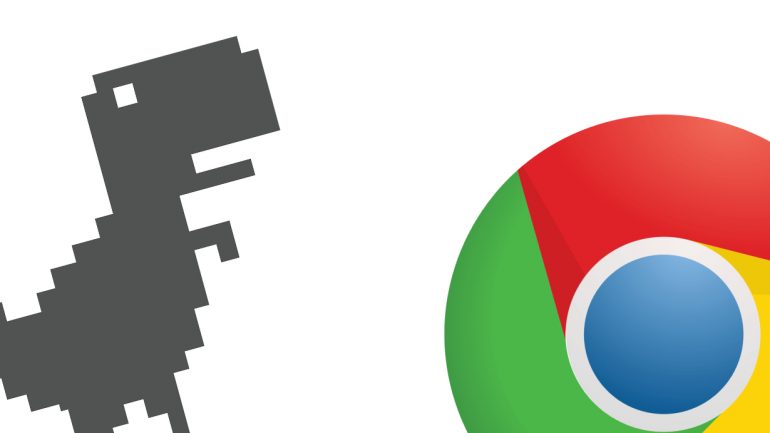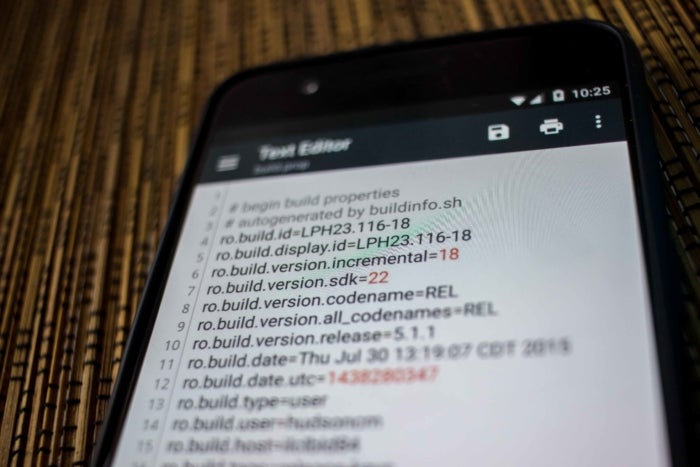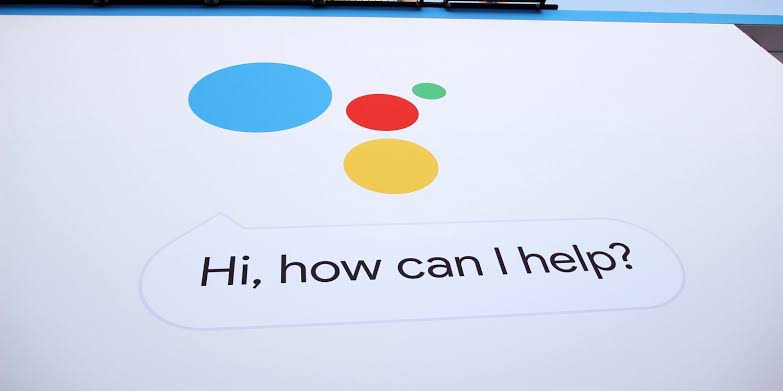It is time again for an essay comparing various features and specifications. This time, we will compare the Garmin Fenix 7 and the Epix 2 to the Apple Watch Series 7, considered a heavyweight in the watch industry.
Although each of these Smartwatches is excellent for sports in its own right, the common denominator is that they are not inexpensive. You can take a look at the most recent pricing information on Amazon (links: Fenix 7, Epix 2, Apple Watch Series 7).
The first two were introduced earlier on in this month, while the Apple Watch has been available to consumers since September of last year. But which of these options is best for you? Here is everything you need to know about how they compare to one another.
Additional Reading: Which VO2 Max Watch Is Most Accurate?
Comparative analysis of the Apple Watch Series 7, the Garmin Epix 2, and the Fenix 7
The Fenix 7 is the most advanced watch that Garmin makes. In addition to various other enhancements compared to the Fenix 6, such as a touchscreen display, it comes with various design options. Epix 2 is the newer, fancier version of the same thing that we now have available.
The Apple Watch Series 7 is also not a slouch in any way, shape, or form. It, too, comes with a lot of amazing features that sports fans will find particularly appealing. There is a good reason why the product made by Apple is the smartwatch that has sold the most units worldwide.
Design
When placed side by side, the Fenix 7 and the Apple Watch Series 7 reveal a great deal of differentiation between themselves. In fact, they do not resemble one another at all.
The most noticeable distinction is found in the form. The Apple Watch has a distinctive appearance that is somewhat square, whereas the Fenix 7 has a form factor that is more “conventional” in that it is round. This is true of virtually all of the watches that Garmin offers. The circular configuration of Epix 2 is also available.
These Smartwatches are each constructed with high-quality components. In the case of Garmin, this may consist of stainless steel, titanium, or titanium coated with diamond-like carbon (DLC), depending on the model purchased. In the case of Apple, the materials include aluminum, stainless steel, and titanium; however, the specific model determines which material is used.
Display technology is where these three models diverge the most significantly from one another. The Fenix 7 has the most basic specifications of the bunch. It comes equipped with a transflective memory-in-pixel (MIP) display that has a resolution of 260 × 260 pixels and is always on. It functions well in the sense that it is simple to read outside and that it does not consume an excessive amount of electricity.
The AMOLED touch display on the Epix 2 is of significantly higher quality and features a resolution of 416 by 416 pixels. The Apple Watch is on par with the Epix 2 in terms of quality. It is equipped with an LTPO OLED Retina touchscreen that offers a brightness of 1000 nits. The larger Apple model has a resolution of 396 by 484, which may be expressed as pixels.
The Fenix 7 and the Epix 2 are far more robust than the Apple Watch in terms of their thickness and weight. While the Epix is only available in a 47mm model, the Fenix 7 is available in three different sizes: standard (47mm), S (42mm), or X. (51mm). Each of them is approximately 14.5 millimeters, while the weight ranges anywhere from 63 to 89 grams, depending on the selected type.
The Apple Watch Series 7, on the other hand, is available in two different sizes: 41 millimeters and 45 millimeters. It has a thickness of 10.7 millimeters and weighs slightly more than 30 grams (for the aluminum version). Because of this, Apple’s product is better suited for people who have slim wrists.
The three pieces have a very high resistance to water. These include the Fenix and Epix 2 10 ATM watches, and the Series 7 watch 5 ATM. This ought to be plenty for the vast majority of people.
Additional Reading: Smartwatch Radiation – Health Risks & Protection Tips
Battery life & sensors
When it comes to battery life, Garmin is head and shoulders above Apple. To such an extent that it is nearly futile to make comparisons. The average battery life of an Apple Watch is approximately 18 hours, which means that you will need to charge your watch once a day. It continues to be a contentious issue.
In smartwatch mode, the Garmin Fenix 7 has a battery life of 18 days. However, it only lasts for 57 hours when the GPS is turned on. In addition to that, it features power-management modes that may be customized. If you change the settings, the gadget will display the actual amount of remaining battery life, measured in hours, that it has.
Of course, there is also the solar-powered Fenix 7 model to consider. It comes equipped with a solar charging lens that is see-through and is placed on top of the watch face. This process transforms the sun’s rays into usable energy, which in turn offers you an approximate 20–25 percent increase in battery capacity. When it comes to the battery life of their products, it is abundantly evident that Apple has a lot of ground to make up.
Even though it has an AMOLED display, the Epix 2 has a longer battery life than the Cupertino company despite the fact that it does not have a solar charging option. On a single charge, it can last for up to 16 days, and even with the always-on screen option enabled, it still has a decent battery life of 6 days.
You’ll find the majority of the same sensors after you open the hood. All of these watches come equipped with a variety of different sensors, including an accelerometer, heart rate sensor, Pulse Ox, gyroscope, GPS, and compass. The electrical heart sensor is Apple’s trump card in the market. This enables you to get an ECG whenever you want. There were reports that this feature would be added to the most recent Garmin watches. However, it did not end up being implemented.
A comparison of the two in terms of design and hardware is presented below. In the event that you are interested in purchasing an older model, we have also included the Fenix 6.
| Apple Watch Series 7 | Garmin Fenix 7 (47mm) | Garmin Epix 2 | Garmin Fenix 6 (47mm) | |
| Case material | aluminum, stainless steel, titanium | fiber-reinforced polymer with metal rear cover | fiber-reinforced polymer with steel rear coverSapphire Editions: fiber-reinforced polymer with titanium rear cover | fiber-reinforced polymer with metal rear cover |
| Physical size | 45 x 38 x 10.7mm41 x 35 x 10.7mm | 47 x 47 x 14.5 mm | 47 x 47 x 14.5 mm | 47 x 47 x 14.7 mm |
| Touchscreen | Yes | Yes | Yes | No |
| Display size | 45mm: 1143 sq mm display area41mm: 904 sq mm display area | 1.3” (33.02 mm) diameter | 1.3” (33.02 mm) diameter | 1.3” (33.02 mm) diameter |
| Display resolution | 396 x 484 pixels (45mm)253 x 430 pixels (41mm) | 260 x 260 pixels | 416 x 416 pixels | 260 x 260 pixels |
| Display type | Display technology: LTPO OLED Always-On Retina with Force Touch and 1000 nits of brightness | sunlight-visible, transflective memory-in-pixel (MIP) | AMOLED (always-on) | sunlight-visible, transflective memory-in-pixel (MIP) |
| Weight | Case weight: 32 grams (for 41mm aluminum version); 38.8 grams (for 45mm aluminum version) | 79 g (case only: 56 g) | 76 g (case only: 53 g)Sapphire Editions: 70 g (case only: 47 g) | Steel: 80 g (case only: 57 g) |
| Water-resistance | 5 ATM, Dustproof (IP6X) | 10 ATM | 10 ATM | 10 ATM |
| Memory | 32 GB | 16 GBSapphire Editions: 32 GB | 16 GBSapphire Editions: 32 GB | 64MB |
| Sensors | Optical heart rate sensor, Electrical heart rate sensor (ECG), accelerometer up to 32g-forces, gyroscope, barometric altimeter, compass | Monitors for blood oxygen saturation, pulse rate, barometric altimeter, compass, gyroscope, accelerometer, and temperature. | Heart rate, barometric altimeter, compass, gyroscope, accelerometer, thermometer, SpO2 | Heart rate, barometric altimeter, compass, gyroscope, accelerometer, thermometer, SpO2 |
| Ambient light sensor | Yes | No | Yes | No |
| Satellite connectivity | GPS/GLONASS/GALILEO/QZSS | GPS/GLONASS/GALILEOmulti-frequency positioning (Sapphire edition only) | GPS/GLONASS/GALILEOmulti-frequency positioning (Sapphire edition only) | GPS/GLONASS/GALILEO |
| NFC | Yes | Yes | Yes | Yes |
| Connectivity | Bluetooth, Wi-Fi | Bluetooth, ANT+, Wi-Fi | Bluetooth, ANT+, Wi-Fi | Bluetooth, ANT+ |
| Music storage | Yes | Yes | Yes | No |
| Microphone and speaker | Yes | No | No | No |
| Battery life | 18+ hours | Smartwatch: Up to 18 days/22 days with solar,Up to 57 days/173 days of power reserve when using the Battery Saver Watch Mode,GPS Only: Up to 57 hours/73 hours with solar,All Satellite Systems: Up to 40 hours, or 48 hours if powered by the sun | Smartwatch: Up to 16 days (6 days always-on),Battery saver watch mode: Up to 21 days,GPS Only: Up to 42 hours (30 hours always-on),Up to thirty-two hours for all satellite systems (24 hours always-on) | Smartwatch: Up to 14 days plus 2 days,GPS: Up to 36 hours plus 4 hours,GPS and music: Up to 10 hours |
| Solar option | No | Yes | No | Yes |
| Cellular option | Yes | No | No | No |
| Price | starting at $399 (cellular+GPS starting at $499) | starting at $699.99 | starting at $899.99 | starting at $549.99 |
Monitoring of activity
You can’t go wrong with any of these options if you’re searching for a watch to track your fitness or sports activities. They will have you covered at all hours of the day and night and will be able to monitor a wide range of activities. Since they are not the first generation of gadgets, the fundamentals have been ironed out for quite some time.
However, you should be aware of a few significant distinctions between the two.
The Fenix 7 and the Epix 2 are genuine multi-sport watches developed for those extremely dedicated to their chosen activities. In terms of their functions, there is not much of a distinction between the two. The pair is able to monitor pretty much any sport imaginable by using the necessary data and providing comprehensive performance information. Those who are interested in statistics will feel perfectly at home. Your runs and bike rides will be broken down into the smallest of details for analysis.
Having said that, Apple’s gadget can also function as a sports watch to a satisfactory degree. It links to GPS and can connect to external heart rate monitors like the Garmin. It also connects to external heart rate monitors. The tracking of statistics will be improved as a result of this change. It is true that you won’t have access to certain sports monitoring capabilities and performance stats. Still, unless you are a very serious athlete, this probably won’t affect you very much at all.
Additional Reading : Let’s Find Out The Smartwatches That Can Play Apple Music
The Fenix 7 series and the Epix 2 are equipped with pretty much all of the fundamental fitness tracking capabilities available on the Apple Watch, except specific sports coverage. This comprises measures of blood oxygen levels and the rate of respiration. It goes even further than the Cupertino device in that it generates data on stress levels 24 hours a day, seven days a week.
Apple really shines when it comes to monitoring your health. It is equipped to capture electrocardiogram readings, notify you if it detects atrial fibrillation (Afib), monitor for falls, and notify emergency contacts if it does. The watch comes standard with all of these features. On the other hand, Garmin has a capability of its own called Incident Detection, which allows it to catch up to this last one.
When it comes to monitoring your athletic performance, however, the Fenix 7 and the Epix 2 come out on top of the Apple Watch Series 7, despite the fact that each gadget has a few advantages over the others in terms of tracking your fitness and health. Even while all of these contain a lot of functions that are good enough for most people, the Garmins are designed for folks who are more serious about their sporting endeavors.
Apple will have a difficult time competing for the title of best fitness tracking device unless the company figures out how to extend the life of its batteries. This is even more essential. Something that monitors your health around the clock shouldn’t need a charge daily to function properly.
Intelligent functionalities
When it comes to the operation of smart devices, things take a different turn. In this regard, the product offered by Apple dominates not only Garmins but also the other options available. Native and third-party applications are available for just about anything you can think of, and watchOS 8 comes with several helpful new features. Also, let’s not overlook the importance of cellular connectivity. If you have the GPS+Cellular version of the device, the watch will automatically switch over to using the cellular signal when you are not in range of your phone. There is also the possibility of third-party applications tapping into this signal. That is not something that comes with Garmin.
The Fenix 7 and the Epix 2 both come with a few features that aren’t related to fitness, even though they can’t truly compete with the Apple Watch on this particular metric. This features local storage for music, an NFC chip for contactless payments, text and calendar alerts, and a few more things.
When it comes to activity tracking and smart functionality, the following is a rundown of the distinctions between the two.
| Apple Watch Series 7 | Garmin Fenix 7 & Epix 2 | Garmin Fenix 6 | |
| Body Battery | No | Yes | Yes |
| Stress & recovery | No | Yes | Yes |
| Underwater wrist-based heart rate | No | Yes | Yes |
| Vo2Max, Training Status, Training Load, Recovery Time, Training Effect, Heat and altitude acclimatisation, Training Load focus, Primary benefit (Training Effect labels), and more are some of the performance indicators that may be measured. | Vo2Max | Yes | Yes |
| Stamina metric, Health snapshot, Up-Ahead, Vo2Max (Trail run) | No | Yes | No |
| ECG | Yes | No | No |
| Irregular heart rate alerts | Yes | No | No |
| Fall detection | Yes | No | No |
| Music storage | Yes (stream Apple Music direct to watch) | up to 2000 songs | No |
| LTE | Optional | No | No |
Comparing the Apple Watch Series 7 against the Garmin Epix 2 and the Fenix 7, here are the results
You can rest assured that you are purchasing the best option available regardless of which model you pick – the Apple Watch Series 7, the Garmin Fenix 7, or the Epix 2. Any one of these options will provide you with virtually all you require to monitor your activities around the clock. However, the Apple Watch and the Garmins are not at all similar to one another.
The Series 7 watch is the obvious pick if you are interested in tracking your health and having many smart functions, as it is the clear winner in both categories. Those who are more committed to their athletic endeavors would be better served by purchasing either the Fenix 7 or the Epix 2. The range provides a great deal more in the way of performance indicators and tracking for various sports. In addition to that, the battery life is fantastic.
Additional Reading: Best Smartwatches For Diabetics
When it comes to design, the only thing they have in common is an always-on screen. The Apple Watch Series 7, which has a more understated design and a more compact form size, is more of a unisex product. The Fenix 7 is constructed to last and has a far more robust design. The Fenix and the Epix 2 are nearly identical, with the primary distinction being the Epix 2’s more upscale AMOLED display.
Therefore, the decision boils down to whether you want a wristwatch that can be used for a variety of purposes or a watch designed just for sports. Preferences having to do with the design and cost factors will play a part in the decision-making process.
On the Garmin website, the Fenix 7 lineup begins at a price of $700. There is a choice between three different versions to accommodate a wide range of wrist circumferences. You can also purchase the Epix 2 or the solar system if money is not a concern. The Apple Watch Series 7 has a standard starting price of $399. You can take a look at the most recent pricing information on Amazon (links: Fenix 7, Epix 2, Apple Watch Series 7).














